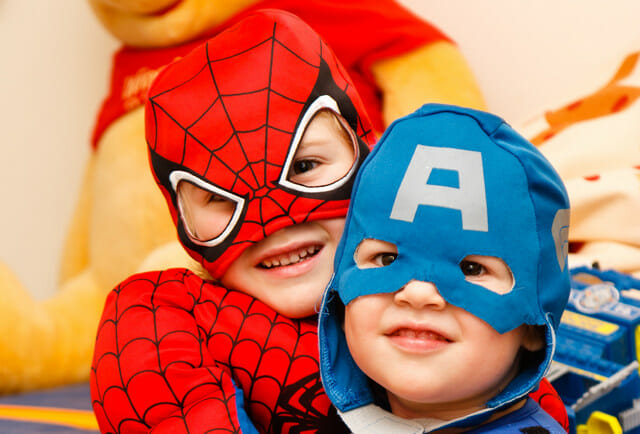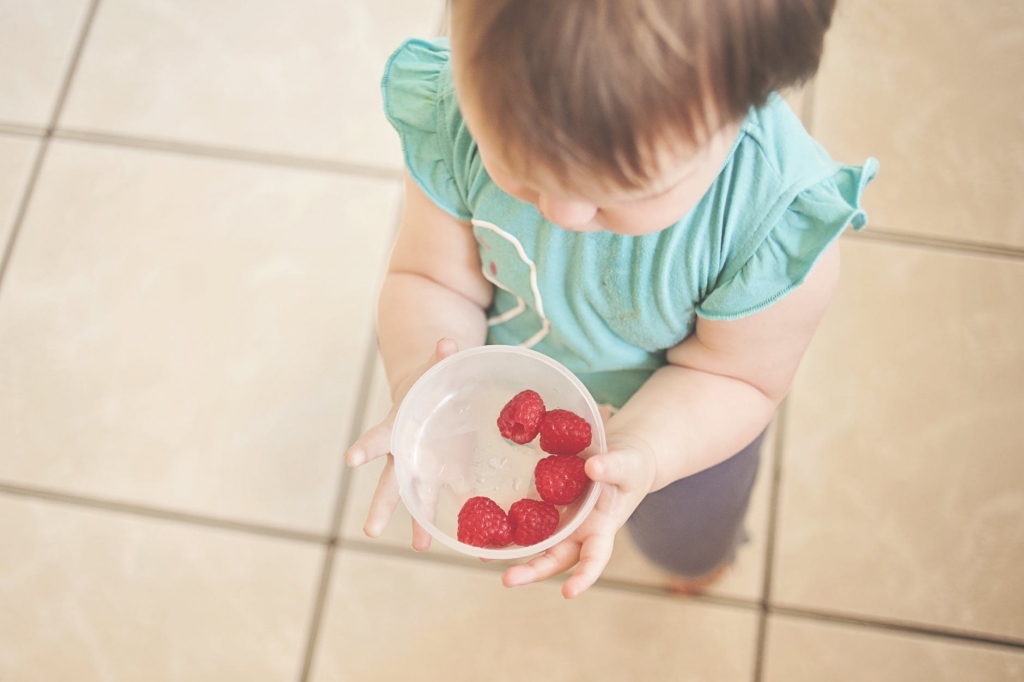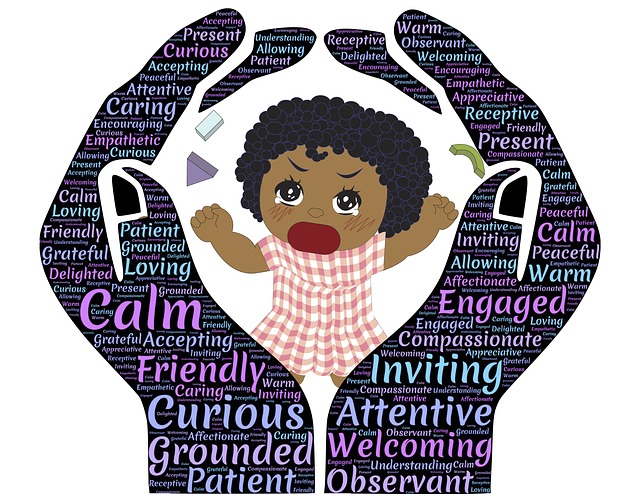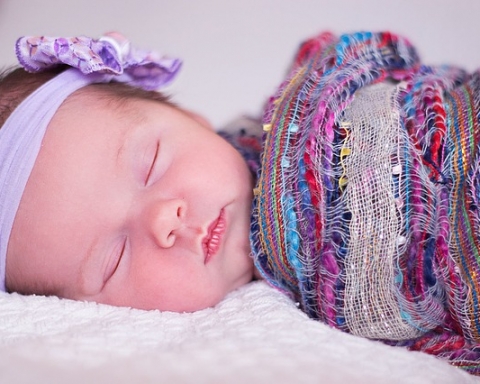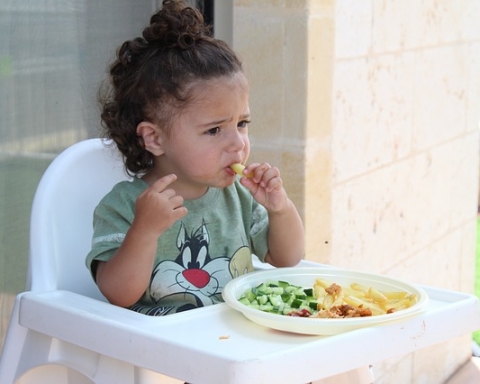In the first months of life, babies spend a lot of time sleeping; nevertheless, they have a heightened awareness of their surroundings and actively engage with their environment. Cues such as making eye contact, smiling, and laughing are all ways babies react to the world around them.
Interacting with the environment augments the developmental processes of babies. Through a great parenting strategy, parents can increase their baby’s connection to the world.
Maternal responsiveness toward infants in the middle of the first year of life influences the growth of cognitive competence. —Researchers at the National Institute of Child Health and Human Development, USA
Parents can engage their babies in a variety of simple but emotionally stimulating activities and games, such as:
Tickle Your Baby
A baby’s smile is something wonderful. Just like crying, smiling is instinctive. Babies usually start to smile within the first three months after birth. Initially, a baby’s smile is a reflex action, but the baby soon learns to smile in order to get the parents’ attention and to show pleasure.
Smiling stimulates a lot of beneficial chemicals in a baby’s brain and body. A hungry or sleepy baby is unlikely to smile, so make sure to interact with the baby when he or she is fully alert. Smiling develops into full-fledged laughter around three to six months. From the fourth month onward, the baby can respond to tickling with laughter.
Smiling, laughter, cooing, and gurgling are important communication tools for babies before they start communicating verbally. So, take every opportunity possible to smile at and laugh with the baby. Parents will hopefully receive an equally enthusiastic response.
Make Plenty of Eye Contact
Eye contact and gazing are the subtlest forms of communication that parents can use in an active parenting strategy. According to research, “Eye contact is one of the strongest communicative signals in humans.” So, make plenty of eye contact with your baby when it is awake and alert.
During the first two months, a baby’s field of vision is unfocused and narrow. However, after three months, the baby’s gaze becomes steadier. At this stage, parents need to provide their babies with plenty of face-to-face contacts. A steadier gaze is a sign of neurological development in the baby and its burgeoning ability to communicate.
However, instead of making continuous eye contact, break off the gaze from time to time so that the baby doesn’t get overwhelmed or overstimulated.
Talk to Your Baby
People often think that a baby cannot have conversations with others until the baby can walk and talk properly. However, neglecting to talk to a baby when he or she is young deprives the baby and the parents of invaluable mental and emotional development as well as bonding time. Babies love face-to-face interaction, including engaging in and responding to conversations. Unfortunately, many parents usually just hand their child toys and consider this sufficient.
One research study explains, “Eye contact is not the only ostensive stimulus and is not the only one that infants are sensitive to. Infants and even naive newborns have been shown to preferentially orient toward the source of this stimulus and respond to it similarly as they do to eye contact.”
So, start engaging the baby in one-on-one conversations or include the baby in conversations with family members and friends. They not only feel excited, but they also respond enthusiastically, such as with laughter.
Include a variety of facial expressions and gestures to make the conversation more interesting for the baby. Also, sing lullabies to the baby. The baby might not be able to understand the exact meaning of words, but the baby can recognize the tone and rhythm of the voice. This kind of interaction boosts a baby’s brain development significantly.
Play Guessing Games
Another developmental game parents can play with their baby once the baby reaches six months of age is the guessing game. Parents can hold up different items and toys and say their names aloud. Later, parents can start using simple descriptions, such as “the green balloon,” or “the big box.” Eventually, parents can ask their baby to reach for a familiar toy or object and give it to them. This type of interaction helps develop the baby’s object recognition skills and initial vocabulary.
Play Peek-a-Boo
Peek-a-boo is based on the idea that someone or something is still there even when you cannot see the person or object (and they are likely to reappear or come back). The baby wonders where they have gone. Once the person or object reappears, the baby feels an element of surprise. The baby then starts to look forward to the person’s or object’s reappearance with a sense of anticipation and excitement. When parents play peek-a-boo with their baby, the child learns that the parents’ faces or the object they are holding will disappear only for a short while.
Let Them Touch
Engaging a baby through the sense of touch is a viable parenting strategy. Babies respond well to touch and various kinds of tactile sensations. When an infant learns to hold the finger of a parent for the first time, it is not just a memorable moment but also the initiation of physical contact between the baby and the parent.
Babies tend to show a greater awareness of the sense of touch. Their bodies respond to stimuli even during sleep. Gently run a finger around the baby’s face, tummy, and toes to strengthen and enhance the baby’s sense of touch. Lie close to the baby and guide the baby’s hand to touch your face and hair. When the baby is a few months old, let the baby touch different kinds of surfaces and textures, such as soft and hard toys.
Research has shown that babies are greatly aware of their surroundings and thrive through active human interaction and engagement activities. Providing a baby with active stimulation and engagement is a great parenting strategy that promotes the baby’s mental and emotional growth.
References
- Farroni, Teresa, Mark H. Johnson, Enrica Menon, Luisa Zulian, Dino Faraguna, and Gergely Csibra. “Newborns’ Preference for Face-Relevant Stimuli: Effects of Contrast Polarity.” Proceedings of the National Academy of Sciences of the United States of America 102, no. 47 (2005): 17245–17250. Retrieved from http://www.pnas.org/content
- Senju, Atsushi, and Gergely Csibra. “Gaze Following in Human Infants Depends on Communicative Signals.” Current Biology 18, no. 9 (2008): 668–671. Retrieved from https://www.sciencedirect.com
- Bornstein, Marc H., and Catherine S. Tamis‐LeMonda. “Maternal Responsiveness and Cognitive Development in Children.” New Directions for Child and Adolescent Development 1989, no. 43 (1989): 49–61. Retrieved from https://onlinelibrary.wiley.com




